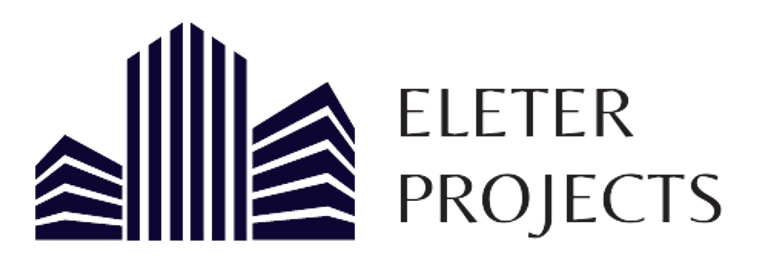Navigating Hazards: Key Construction Safety Tips for Architects
Discover essential construction safety guidelines for architects. Ensure compliance and project safety!
Tony Eleter
12/20/20246 min read


Construction Safety Guidelines Overview
Working on construction sites isn't just about building structures; it's also about keeping everyone safe. Let's have a closer look at the essential safety rules for architects, project managers, and investors.
Importance of Safety Compliance
Following safety rules is crucial for preventing mishaps and keeping projects on track. Ignoring these rules can lead to major legal headaches and money troubles—and it puts workers in harm's way. A well-organized safety program not only meets legal standards but also promotes a mindset of safety. Curious about sticking to the regulations? Check out our section on construction safety ordinances.
PPE Requirements
When it comes to dodging danger, Personal Protective Equipment (PPE) is your best friend. Everyone on the site—workers and visitors alike—needs to sport the right gear to stay safe. Some must-haves in the PPE lineup are:
Goggles
Helmets
Gloves
Ear protection like muffs or plugs
Sturdy boots
Flashy vests and suits
Making sure everyone sticks to the PPE dress code is a game-changer for safety (SafetyCulture). Want to know more about PPE? Dive into our piece on construction site safety tactics.
Site Cleaning and Hazard Prevention
Keeping things tidy isn't just for show; it's a big deal for safety. Regular cleanup helps avoid slips, trips, and falls. Here's the lowdown on keeping a neat site:
Clear out the junk and dust every day
Properly toss sharp stuff like loose nails
Don’t let water hang around to make puddles
A neat site isn't just safer; it boosts the whole team's productivity (SafetyCulture). Want tips on keeping the site shipshape? Check our guide on construction safety inspections.
By weaving these safety tips into everyday tasks, architects and project managers can make construction sites safer for everyone. For handy tools to keep up with these guidelines, take a look at our resources on construction management tools.
Keeping Up with Rules and Regulators
Playing by the book in construction safety is a top priority for architects and site managers. This bit talks about what can go wrong if you don't, why a solid game plan is worth its weight in gold, and how to keep your buddies (a.k.a suppliers) on the straight and narrow.
The Trouble with Not Following the Rules
Ignoring the rules can come back to bite you. You'll likely face some financial bruising in the form of fines or even lawsuits. Take, for example, that auto company in Brazil. They had to swap out seatbelts in a heap of cars because the rulebook got updated, leaving them millions out of pocket (Nimonik).
What Can Go Wrong & What's Involved?
Dollar Drain: Pay up for stepping out of line
Courtroom Drama: Get ready for some legal back-and-forth
Grinds to a Halt: Projects stall when safety's not in check
Reputation Hit: Your good name might take a licking
Companies might see their goods stuck at customs or end up sending back faulty items, blowing up costs and slowing everything down the line (Nimonik). Staing on top ofthe rules helps dodge these messes.
Why a Compliance Plan is Your Best Friend
A top-notch safety plan isn't just nice to have—it's a necessity. It means weaving safety net through everything, so the crew and everyone else are clued-up on safety do's and don’ts.
Part of the Plan? Why It Matters?
Learning the Ropes: Keeps everyone clued in on safety
Spot Checks: Find and fix trouble spots
Transparent Rules: Everyone knows what’s what
Keep Tabs and Tally: Stay in the know on safety stats
Getting a proper safety plan rolling means holding regular training sessions and checking safety follows the script. Setting straightforward policies and keeping an eagle eye on things helps keep accidents at bay.
Supplier Shenanigans Need Management
Having your suppliers scribble outside the safety lines can spell trouble. Make sure they're keeping up with the safety sheet too. Check them out thoroughly and keep the lines open for news on any fresh-off-the-press safety standards.
What to Do? Why Do It?
Bring the Magnifying Glass: Pick suppliers who toe the line
Report Card Time: Make sure suppliers don’t slack off
Contracts with Teeth: Spell out safety terms in your deals
Keep Chatting: Let suppliers know what's what safety-wise
Give regular feedback and stick to contracts that lay down the law on safety. Keep suppliers in the loop about any tweaks to safety rules, helping dodge rule-breaking slip-ups (Nimonik).
Sticking to safety rules means staying savvy about the setbacks from ignoring them, organizing a rock-solid plan, and handling suppliers smartly. For more dope on safety must-knows, check out our guide on construction site safety measures.
Specific Safety Measures
Crank up your hard hats and buckle that tool belt tight because we're talking construction site safety—keeping everyone on site safe is where it's at. Now, let's get into the nitty-gritty like engineering controls, safety signs, and keeping the crew in-the-know with solid training.
Engineering Controls
Picture this: barricades and fences keeping those dangerous spots in check. You've got bits and bobs like high-voltage areas and places bursting with toxic fumes; we need serious boundaries to keep folks out of the danger zone. These controls are like bouncers at a nightclub—if your name's not down, you ain't coming in. So, throw up physical shields like nets against falling gear, and trust me, everyone will thank you for it by staying safe and sound.
Hazard Type, Engineering Control & Purpose!
High-Voltage Areas, Barriers and Fences: Keep uninvited guests at a safe distance
Toxic Fumes, Ventilation Systems: Suck out the bad stuff, breathe easy
Falling Objects, Safety Nets and Guardrails: No more duck-and-cover drills
Safety Signs and Communication
Imagine signs as your loud-but-friendly safety extras spreading the word without saying a peep. They’re here to shout out rules and guide the way through the hustle and bustle. We're talking signs that give the thumbs-up or wag the finger when necessary. Workers should not just nod to these signs; they need to understand these visual cues like the back of their hard hats.
Sign Type; Purpose:
Prohibition Signs: Don't even think about it!
Mandatory Signs: Do the thing or face the cling of trouble
Warning Signs: Perk up, danger's nearby
Safe Condition Signs: This is your happy place, stay safe here
Fire Fighting Equipment Signs: Find your blaze-busters here
Proper Training and Induction
Training’s like the secret sauce to keeping folks sharp and savvy. Every worker, from the newbies to the crusty old pros, must know their way around safety gear, machinery, and "Oh-no-now-what" moments. Keep things fresh with regular checks on safety basics, machine handling, and what to do when stuff hits the fan.
Training Topic- Frequency.
General Safety: First day and every year after that
Equipment Operation: Get taught and then repeat the feat every three months
Emergency Procedures: Start off and then catch up every six months
Bringing new faces up to speed with a site induction is a must. It's like handing them the site map to safety land. Plus, those toolbox talks keep the vibe strong and the knowledge flowing like a well-oiled conveyor belt. For even deeper dives into safety tweaks, project heads can scout out some construction management software solutions and construction safety audits to amp up the safety game.
Construction Project Types
Getting a grip on what makes each kind of construction project tick is key to keeping things above board with construction safety guidelines. Each project comes with its own rules and hoops to jump through.
Residential vs. Commercial Projects
Diving into the nitty-gritty of residential and commercial projects means weighing factors like size, design, inner workings, and those ever-important safety codes. Commercial gigs bring their own bag of tricks due to the big scale and complexity, usually needing stricter safety steps in place (Safety Pro Resources).
Aspect - Residential - Commercial.
Building Size: Smaller, Bigger.
Structural Material: Wood, Steel.
Internal Components: Basics, Big stuff like HVAC, escalators
Safety Standards: Less strict, More Strict
Budget: Smaller, Bigger
Homes tend to stick with wood ‘cause it’s easier on the wallet and simple to use, but watch out for fire. On the flip side, commercial spots usually go for steel for its might and flexibility.
Commercial Construction Standards
When it comes to building the big stuff, safety standards hit a whole new level. Due to a mix of moving parts like elevators and fire systems, commercial buildings come with their own set of safety hoops to jump through.
Commercial builds often need more papers, insurance, and gear. The complex designs need tighter safety checks and thorough construction safety audits.
Environmental Considerations
Since commercial sites leave a bigger mark on Mother Nature, there’s a lot more work to do, like keeping an eye on waste and meeting regional guidelines. Contractors have to juggle water protection and handle toxic materials, among other tasks (Safety Pro Resources).
Tapping experts for environmental insights helps map out possible risks and set up safety nets. Sticking to these eco-rules is vital to dodge fines and build green. For the rules playbook, check our construction safety regulations.
Knowing the ropes of each project type helps builders, architects, and investors manage the maze, sticking with safety codes and scoring wins.
For the rundown on smooth project handling, peek at our guides on construction management software solutions and construction site safety measures.
161 Parramatta Rd Annandale NSW 2038
Call Us on: 0414 738 827


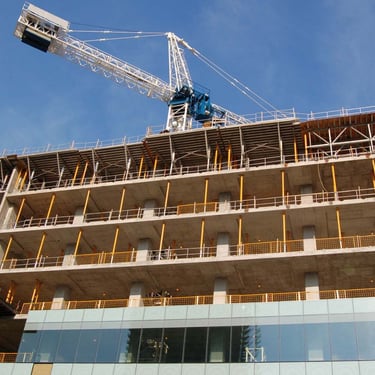
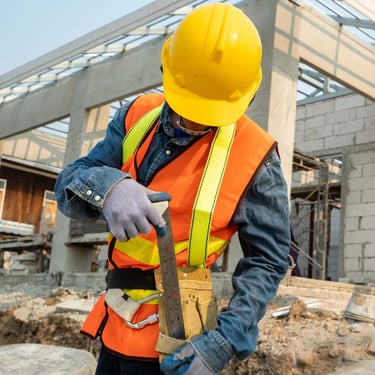
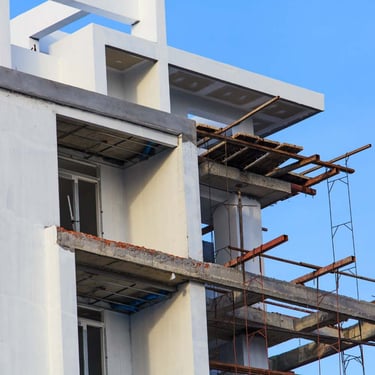
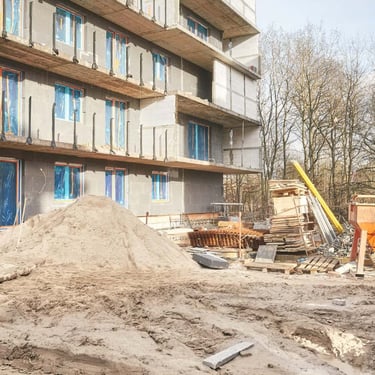
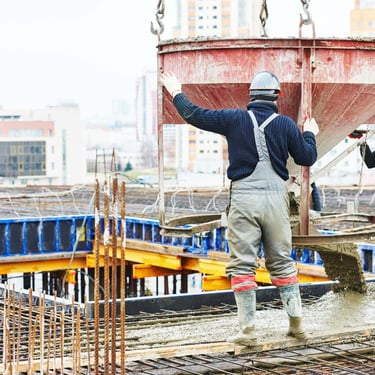
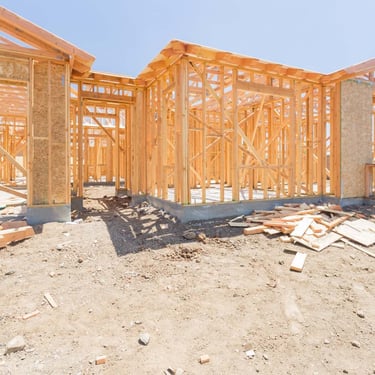
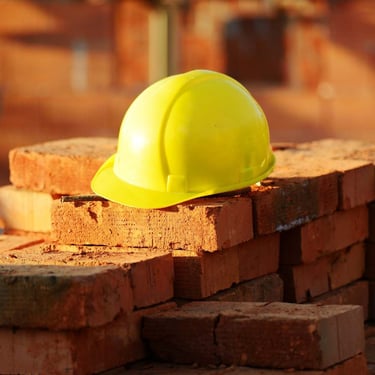
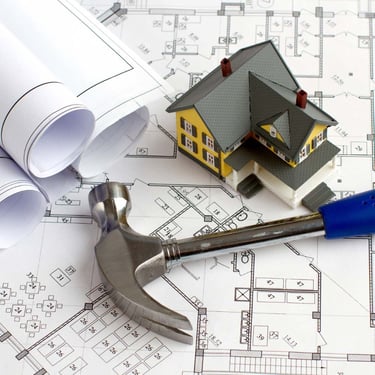
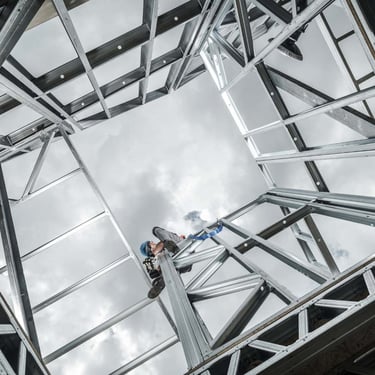
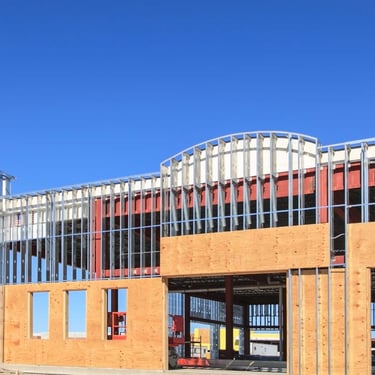
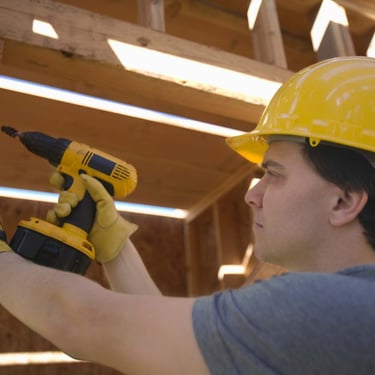

All Rights Reserved © Eleter Projects 2024
